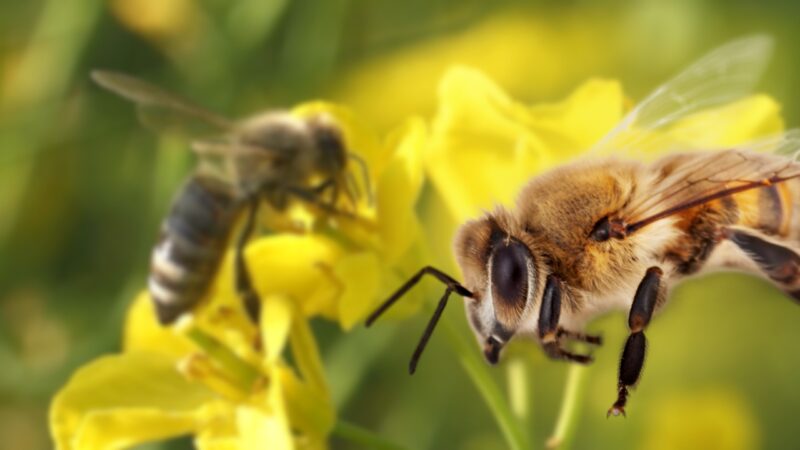For millions of years, bees have been buzzing around our planet, doing important work that helps nature thrive and provides us with a diverse diet. Have you ever wondered how long does a single bee buzz? What’s their lifespan?
Today we’ll talk about how different types of these insects have varying lifespans and what factors affect how long they live. Keep reading to discover their intriguing world!
The Lifespan of Different Types
Like in humans, the lifespan of bees varies based on their species, role within the colony, and external environmental factors. In this section, we’ll explore the average lifespan of three common types of bees: honey bees, bumblebees, and solitary bees.
| Type of Bee | Role in Colony | Average Lifespan | Description |
|---|---|---|---|
| Honey Bee | Worker | 5-6 weeks (summer), 4-6 months (winter) | Workers are all female and their life is characterized by hard work, from cleaning the hive to foraging for food. |
| Honey Bee | Drone | 8 weeks | Drones are male honey bees, their primary role is to mate with a new queen. After mating, a drone will die. Those who don’t mate are expelled from the hive at the end of the summer. |
| Honey Bee | Queen | Several years (up to 7 years recorded) | A queen’s purpose is to lay eggs and ensure the survival of the colony. Their longevity is supported by the care they receive from worker bees and their diet of royal jelly. |
| Bumblebee | Worker/Drone | Few weeks to few months | Workers and drones live for a few weeks to a few months. |
| Bumblebee | Queen | Up to a year | After founding a new colony in the spring, a queen bumblebee will lay eggs and care for her young until the first batch of workers is ready to take over foraging and colony maintenance. |
| Solitary Bee | N/A | About a year | Solitary bees live alone rather than in colonies. After mating, a female solitary bee will create a nest, lay her eggs, and provision them with food. Once her task is done, she will die, leaving her offspring to emerge the following year. |
Honey Bees: Workers, Drones, and Queens
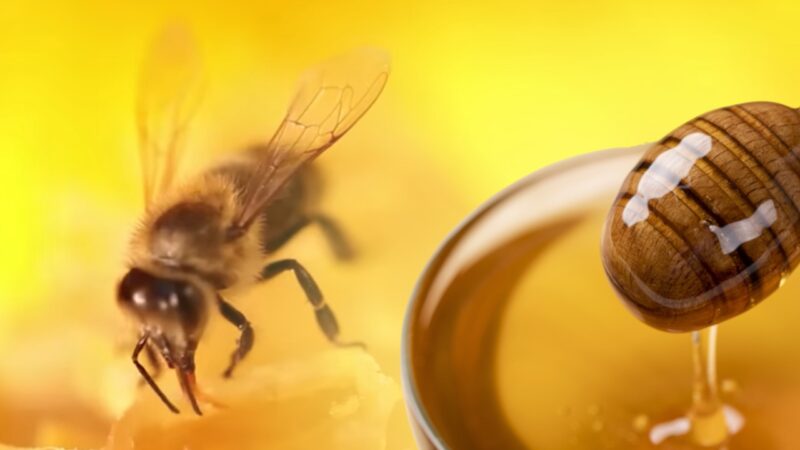
Among honey bees, lifespan varies significantly based on the role of the bee within the hive. Worker bees, which are all female, generally live for 5-6 weeks during the summer but can survive up to 4-6 months during the winter when the hive’s activity slows down.
Their life is typically characterized by hard work, from cleaning the hive to foraging for food, which wears them out. Drones, or male honey bees, live a relatively short life, usually around 8 weeks. Their primary role is to mate with a new queen.
Post-mating, a drone will die as the process physically exhausts them. Those who don’t mate are expelled from the hive at the end of the summer, as they become a drain on resources. Honey bee queens are the exception in terms of lifespan.
They can live for several years, with records of some living up to 7 years. A queen’s purpose is to lay eggs and ensure the survival of the colony. Their longevity is supported by the care they receive from worker bees and their diet of royal jelly.
Bumblebees and Solitary Bees
Compared to honey bees, bumblebees have a more ephemeral existence. The workers and drones live for a few weeks to a few months, while queens can survive up to a year.
After founding a new colony in the spring, a queen bumblebee will lay eggs and care for her young until the first batch of workers is ready to take over foraging and colony maintenance.
Come late autumn, new queens will leave to mate and find a place to hibernate for the winter, starting the cycle anew the following spring. Solitary bees, as the name suggests, live alone rather than in colonies.
The majority of bee species are solitary, and their lifespan is usually quite short. After mating, a female solitary bee will create a nest, lay her eggs, and provision them with food. Once her task is done, she will die, leaving her offspring to emerge the following year. This lifecycle typically lasts about a year, from one generation to the next.
Factors That Influence the Lifespan
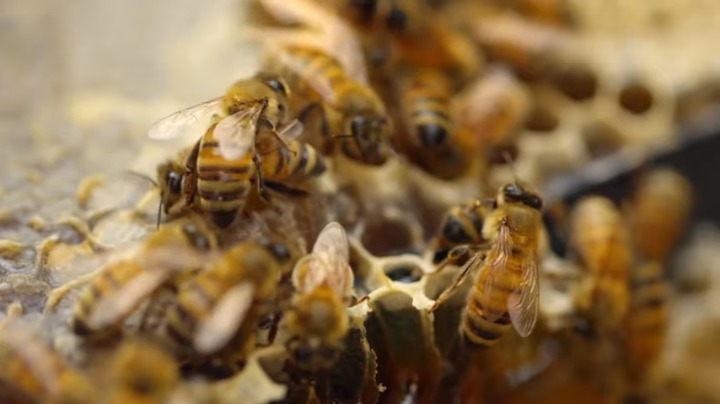
Several factors can influence the lifespan of these insects, from their diet to their exposure to pesticides and diseases.
Role in the Colony
In a bee colony, the queen, workers, and drones all have different lifespans. Worker bees typically live for about 6 weeks during the summer, while drones live for about 8 weeks. The queen bee can live up to 5 years, although this is rare.
Season
The season in which a bee is born can significantly affect its lifespan. Worker bees born in the summer typically live for about 6 weeks, while those born in the autumn can live up to 200 days through the winter.
Species
The lifespan of these insects can vary significantly depending on the species. For example, honey bees have a longer lifespan compared to many other bee species.
Environment and Resources
The availability of food and the quality of the environment can also affect a bee’s lifespan. They need a steady supply of nectar and pollen to survive. A lack of food or poor-quality food can shorten their lifespan. Similarly, exposure to pesticides or other environmental pollutants can also negatively impact their lifespan.
Predators and Diseases
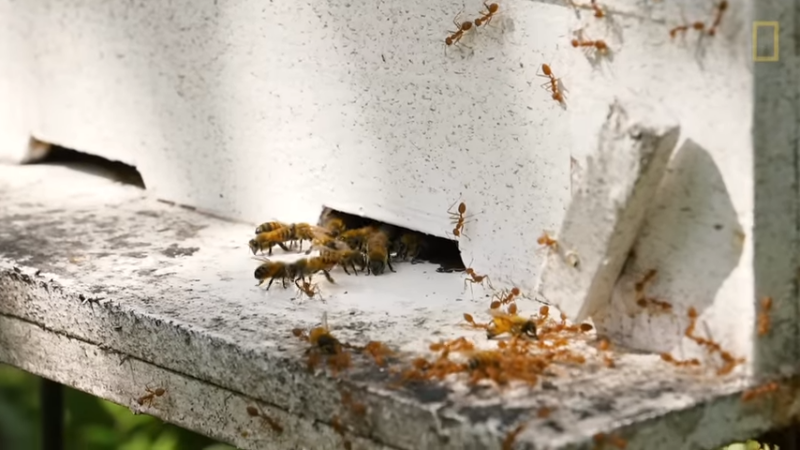
These insects face threats from various predators, including birds, spiders, and other insects. They are also susceptible to various diseases and parasites, which can significantly shorten their lifespan.
Genetics
Just like in other animals, the genetics of bees can influence their lifespan. Some of them may be genetically predisposed to live longer than others.
Climate
Species that live in harsh climates, such as deserts or arctic environments, may have shorter lifespans due to the challenges of surviving in these environments. However, many species are adapted to live in a wide range of climates.
Nutrition
Just like in humans, nutrition plays a vital role in a bee’s life. A balanced diet enhances the bee’s immune system, improves its resistance to diseases, and increases its lifespan. Honey bees feed on nectar and pollen, which provide them with essential nutrients like carbohydrates, proteins, fats, vitamins, and minerals.
Worker bees are fed royal jelly, a nutrient-rich substance, during their first few days. However, only the queen bee continues to feed on royal jelly throughout her life, contributing to her longevity. Research has shown that these insects deprived of specific nutrients, especially proteins, have significantly reduced lifespans.
Impact of Pesticides
Pesticides, particularly neonicotinoids, are a major concern. These substances can kill these insects directly or cause sublethal effects, such as impaired memory and behavior, reduced fertility, and decreased resistance to diseases.
Some studies suggest that exposure to pesticides can reduce their lifespan, making them more susceptible to other stressors. Bees can be exposed to pesticides through various routes, including direct contact, residues in nectar and pollen, or contaminated water.
These exposures can affect not only individual bees but also entire colonies, leading to a decline in bee populations.
Why are these insects so important?
Bees are often associated with sweet honey and painful stings. However, these creatures play a crucial role in our ecosystems and food production systems.
Pollination
Pollination is the lifeblood of the ecosystem and, by extension, human survival. Bees, particularly honey bees, are the superstars of this process. They contribute to the pollination of a significant percentage of our crops, directly influencing our food diversity and security.
By visiting flowers for their nectar and pollen, these insects transfer pollen grains from the male anther of a flower to the female stigma. This initiates the fertilization process that leads to the production of fruits, nuts, vegetables, and the propagation of many types of flora.
Environmental changes, habitat loss, and pesticide use have posed challenges to bees, threatening their populations and, subsequently, the efficiency of pollination. The repercussions are extensive, as these issues could lead to decreased agricultural productivity and increased food scarcity.
Biodiversity
Bees contribute significantly to biodiversity, a fundamental component of our ecosystem health. By enabling pollination, they promote the growth and reproduction of various plant species, contributing to the rich variety of life on Earth.
This diversity is essential for the balance and resilience of ecosystems, as it helps them withstand and recover from various changes and disturbances. Furthermore, bees themselves are a part of the biodiversity, with around 20,000 species known to science.
Each species is unique, displaying different behaviors, physical characteristics, and lifespans. As they adapt to different environments and evolve, they continue to enrich the planet’s biodiversity, demonstrating why their conservation is critical.
Towards a Better Future
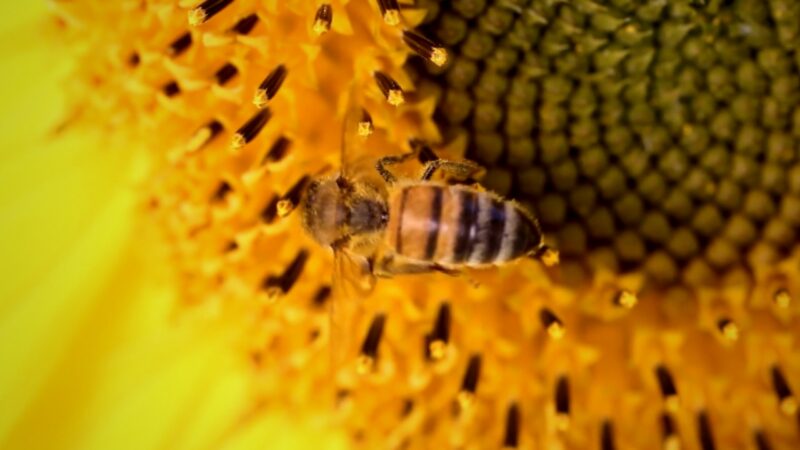
Given their critical role in our ecosystems, understanding these insects and taking steps to ensure their survival is of utmost importance.
Adopting Bee-friendly Practices
There are various ways we can promote the well-being of bees. Planting diverse, pesticide-free flowers can provide them with a rich source of nectar and pollen, supporting their nutritional needs. Allowing wildflowers and weeds to grow in gardens can also offer important food sources.
Reducing or eliminating the use of pesticides in our gardens and farms can significantly decrease the threats to these insects. Instead, adopting integrated pest management strategies can control pests while minimizing harm to them and other beneficial insects.
Promoting Bee Conservation
To ensure the survival of bees and the vital services they provide, we must advocate for their conservation. This includes supporting research into their lifespans, diseases, and the impacts of human activities on their populations.
Encouraging policies that protect bee habitats and limit the use of harmful pesticides can also contribute to bee conservation. Beekeeping can be a beneficial activity, promoting the health of honey bees and increasing their populations.
FAQs:
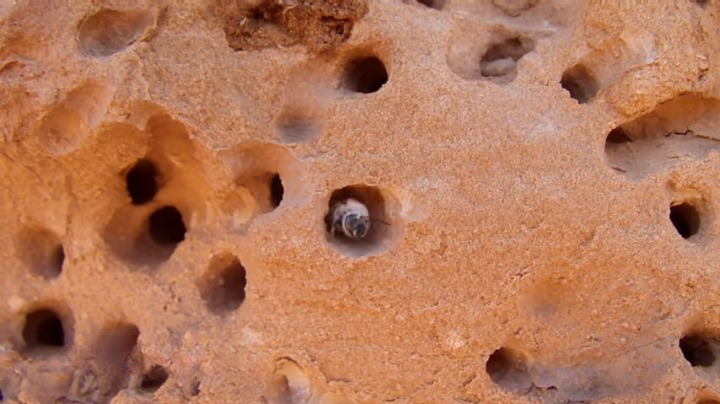
How long do bees live in the desert?
Their lifespan in the desert can be affected by harsh conditions. However, many species are adapted to live in desert environments.
How do they live in the city?
The lifespan of bees in the city is similar to their lifespan in rural areas. However, their lifespan can be affected by factors such as pollution and the availability of food sources.
Do all bees die after stinging?
No, only honey bee workers die after stinging. This is because their stingers are barbed and get stuck in the skin, causing fatal damage to the bee when it flies away. Other bees and wasps can sting multiple times without dying.
How long do they live without a queen?
A bee colony can survive for a short time without a queen, but it will eventually die out if a new queen is not produced. Worker bees can lay eggs, but they will only produce drones, which cannot sustain the colony.
How long does a colony last?
A colony can last indefinitely if it remains healthy. The individual bees within the colony have varying lifespans, but the colony continues as long as a new queen is produced when the old one dies.
Conclusion
To sum up, these tiny creatures play a vital role in the ecosystem, ensuring the thriving of nature and supporting human food sources through their pollination efforts. From the short-lived worker bees to the longer-living queen bees, each type has a unique contribution to the hive’s success.
Factors such as bee type, environmental conditions, and human intervention all play a role in determining their longevity. As we continue to learn more about these marvelous creatures, let us strive to protect and support them, ensuring their continued existence and our coexistence in harmony with nature.
